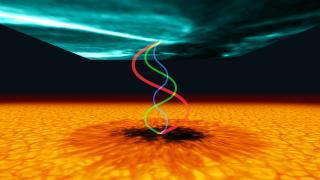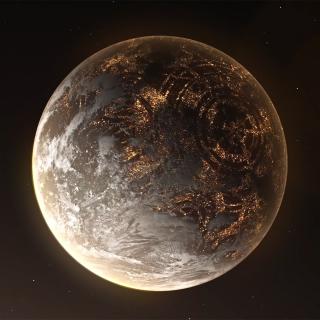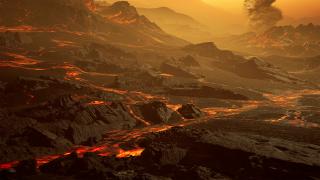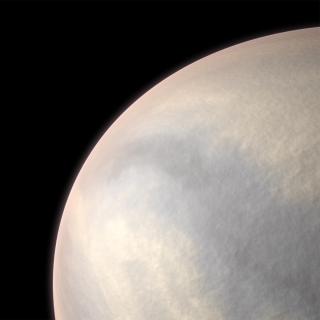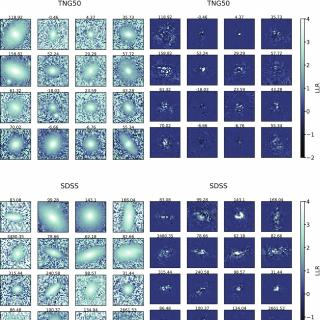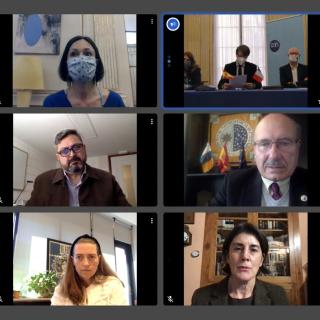
El Instituto de Astrofísica de Canarias (IAC) y el Centre National de la Recherche Scientifique (CNRS), el mayor organismo público de investigación de Francia, firmaron ayer, reunidos por videoconferencia y en el marco de las actividades de la XXVI Cumbre Hispano-Francesa, un acuerdo por el que se establece la creación del primer laboratorio internacional del CNRS en territorio español. Firmaron el convenio el Dr. Guy Perrin, director del I nstitut National des Sciences de l'Univers ( INSU ) del CNRS, y el Prof. Rafael Rebolo, director del IAC, en presencia de otros miembros directivos y
Advertised on
